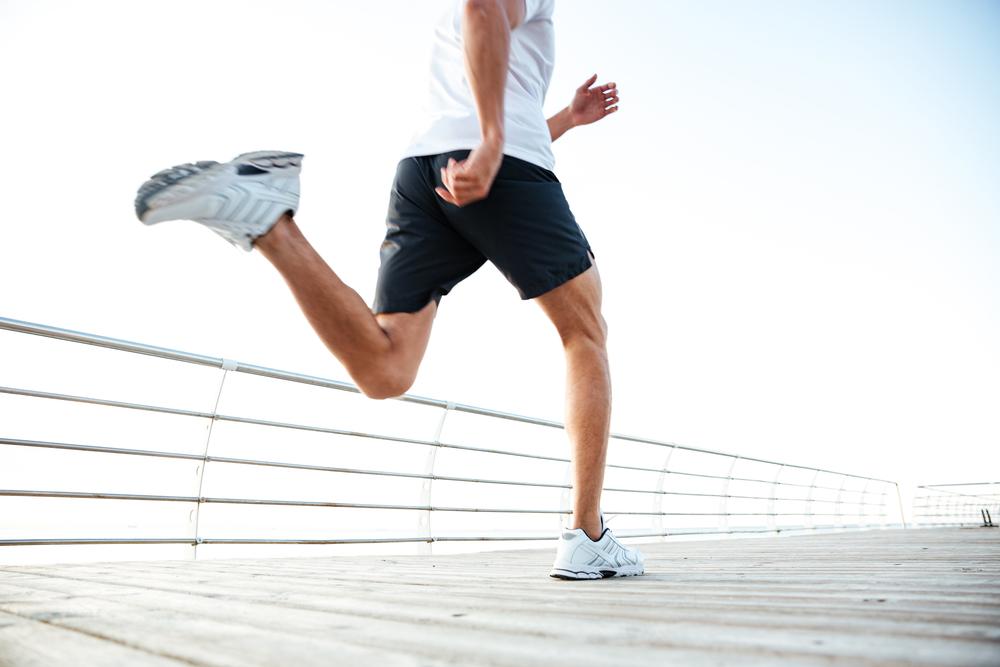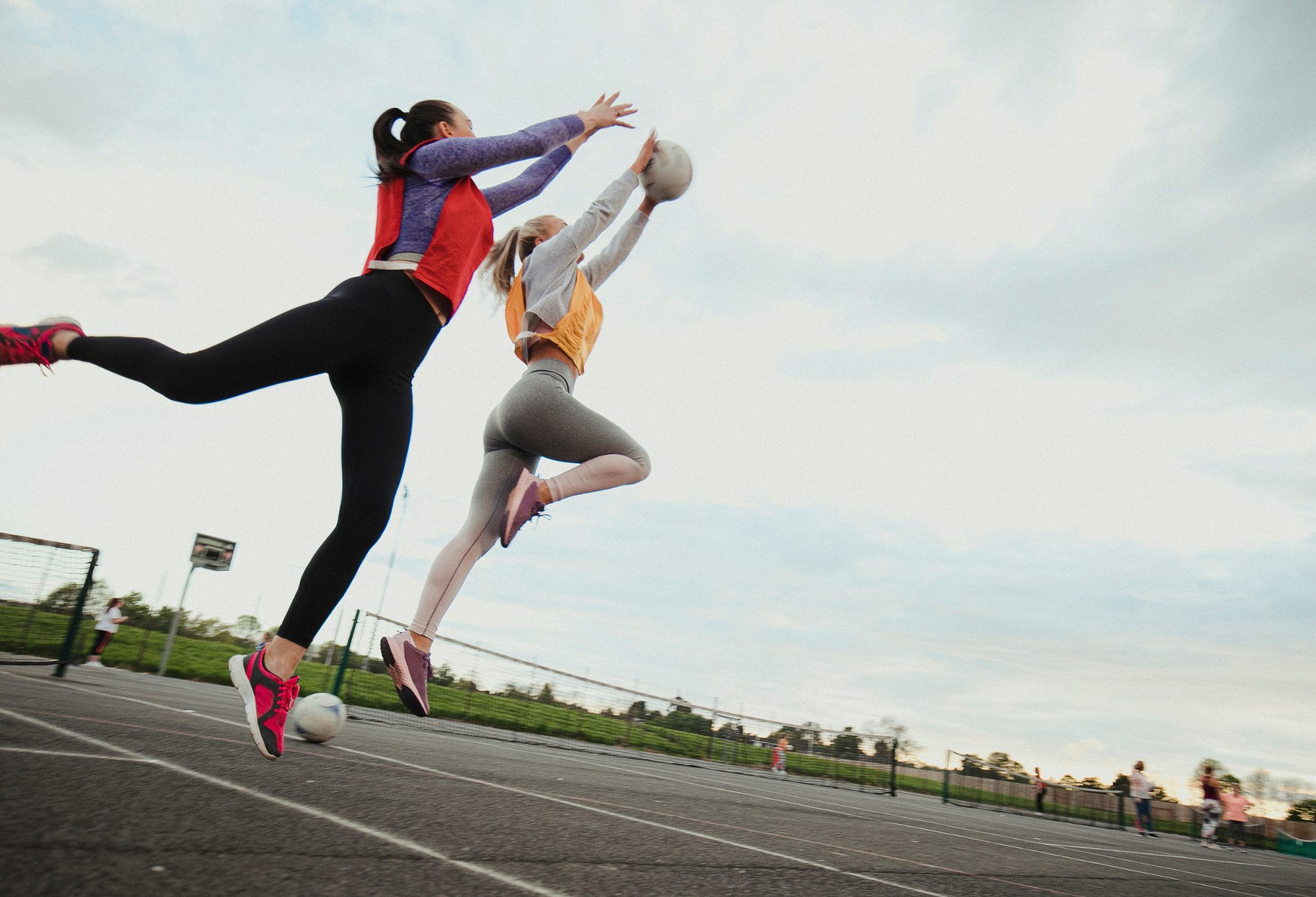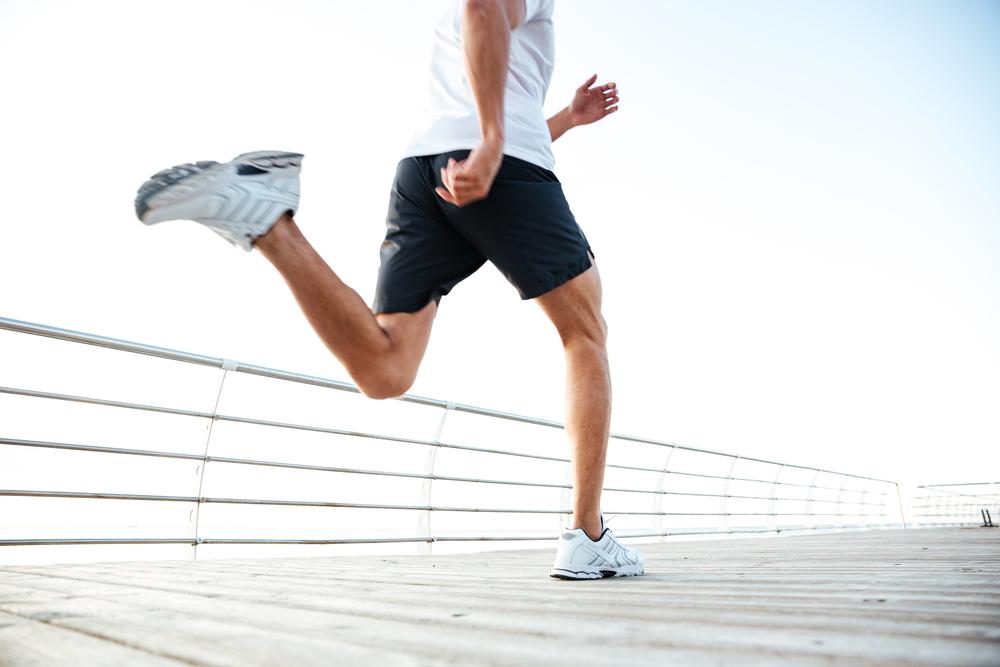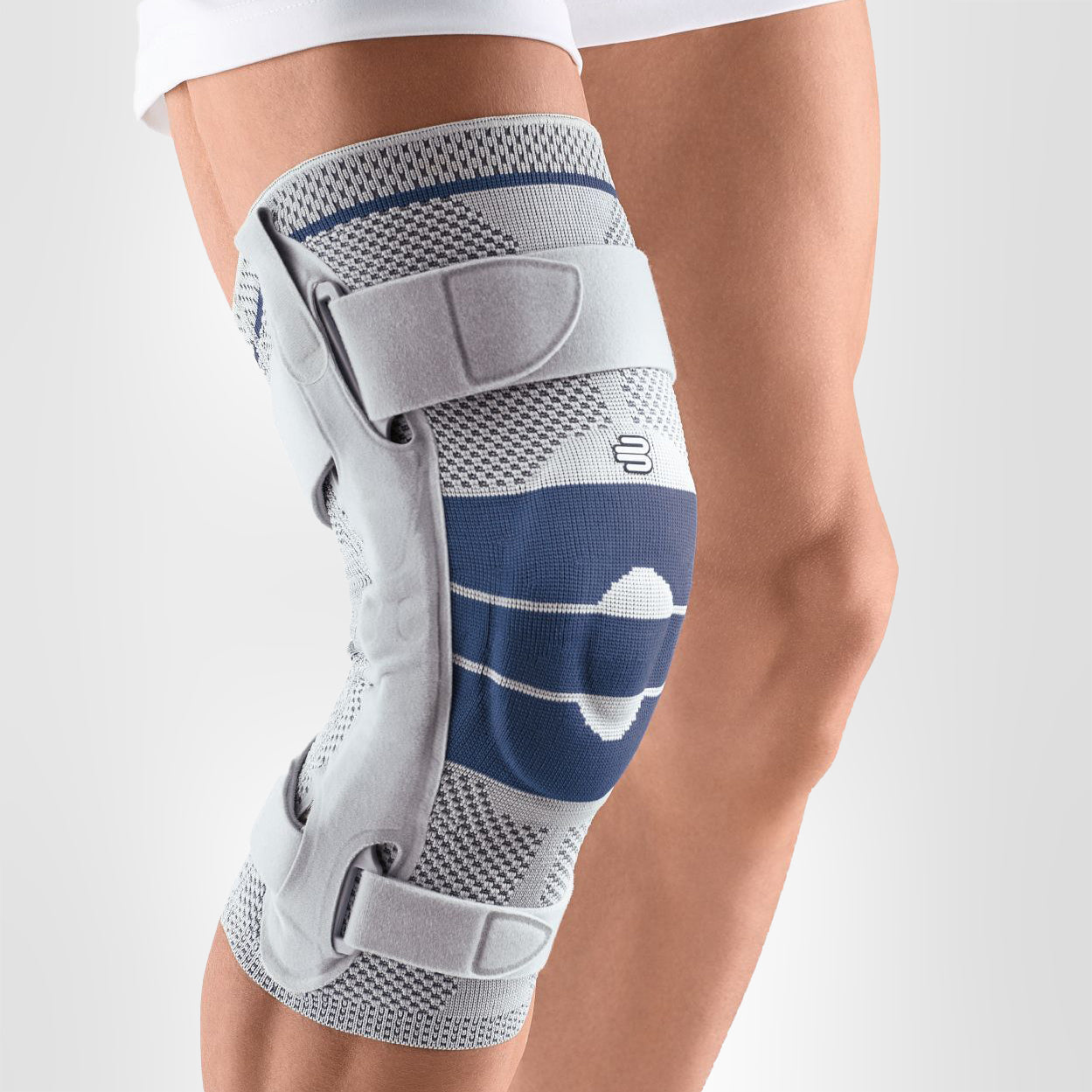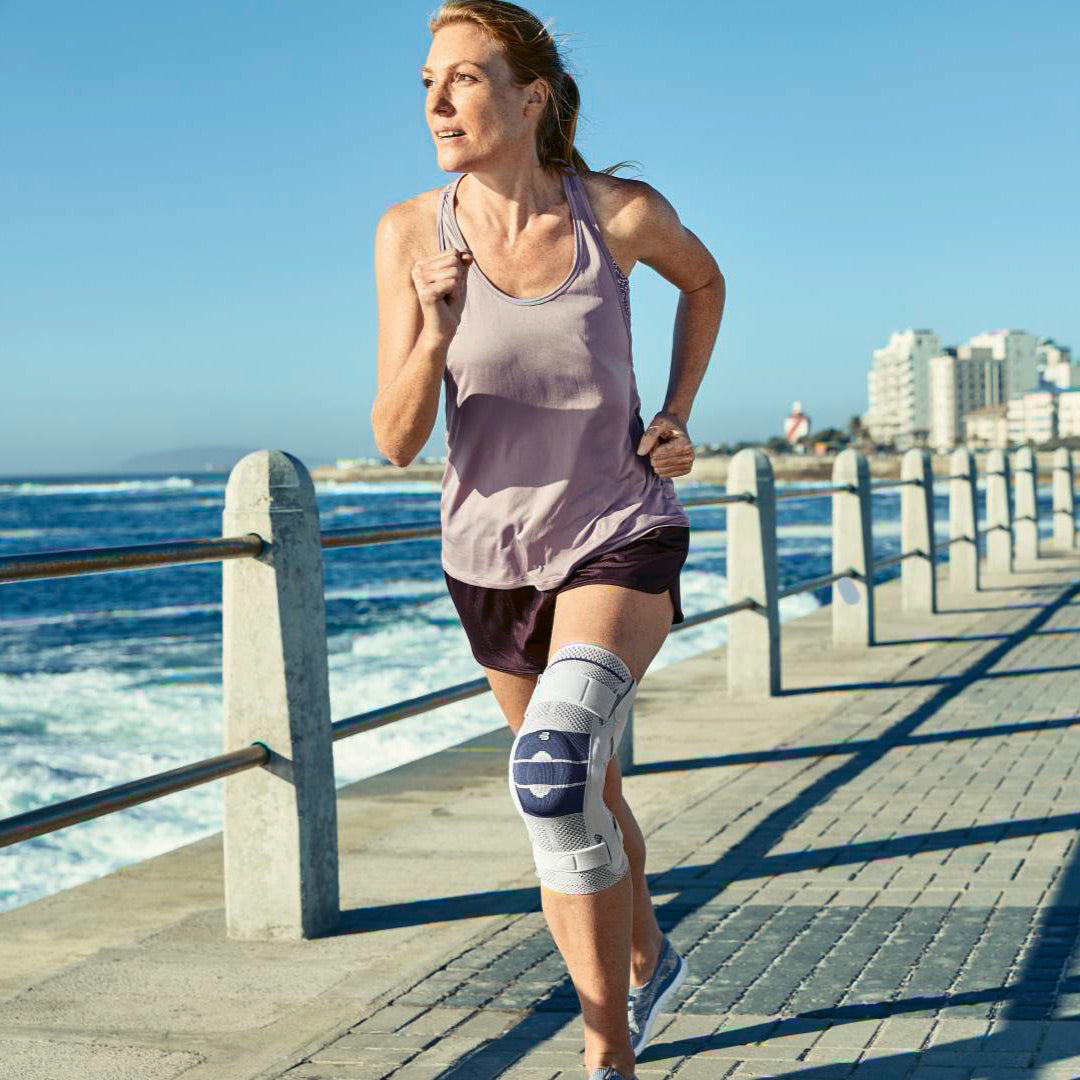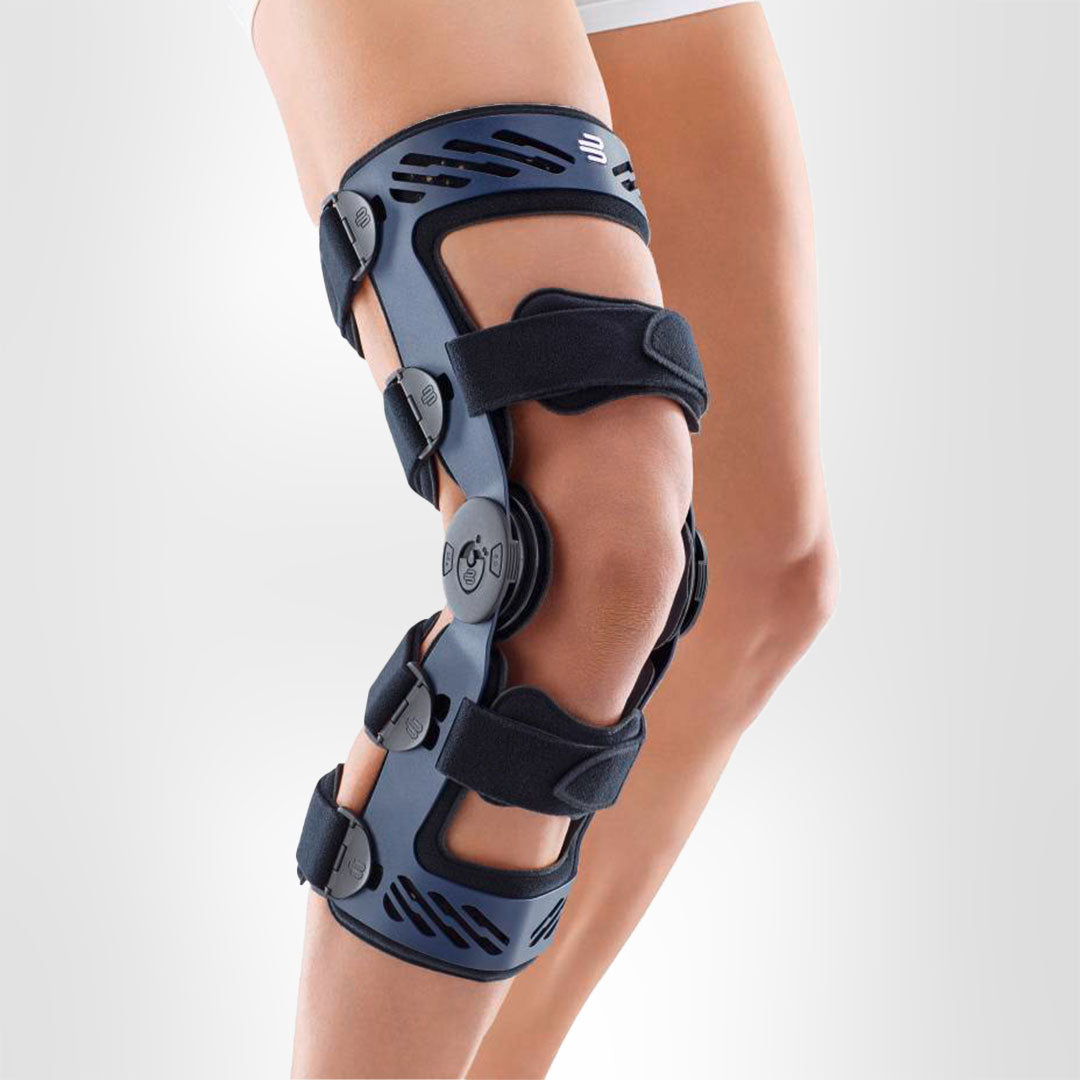ACL injuries are particularly common for those who play sports involving sudden stops and changes, jumping and landing - such as downhill skiing, football, basketball, netball and soccer. An ACL injury requires specific rehabilitation, and healing times can vary drastically depending on the sprain's severity. So, how long should you wait to run after a torn ACL? Find out!
What is an ACL Injury?
An ACL injury is a tear or sprain of the anterior cruciate ligament — one of the four major ligaments in your knee. The ACL connects your femur to your tibia and, like your other ligaments, is responsible for absorbing shock and stabilising your knee. Specifically, it works with your PCL (posterior cruciate ligament) to prevent excessive backward or forward motion.
An ACL injury can be classified into three stages:
- Grade 1: The ligament was just overstretched or torn on a microscopic level.
- Grade 2: There is a partial tear
- Grade 3: The ACL is completely ruptured or torn
With a torn ACL, you’ll likely experience pain, swelling, a “popping” sound or sensation at the time of injury, and instability (feeling like your knee is giving way). Symptom intensity will depend on injury severity.
How Long Should You Wait to Run After a Torn ACL
Partial tears typically heal within three months (provided you underwent suitable rehabilitation protocols). Complete tears, on the other hand, may take up to 9 months with clinical bracing or post-reconstruction. You will likely be able to start running again sooner, but it depends on your clinician’s advice.
It’s generally fine to get back to running if:
- The tear is mild (grade 1). Your ACL will only have minor damage, so it can support you as you run. However, your clinician may advise you to wear a knee support and prescribe strengthening exercises for your injured ACL.
- Your clinician clears you. If your ACL is healed enough and your leg muscles are strong enough to support it on your runs, your physio will likely clear you. Just remember, there may be some caveats, like bracing and reducing your run times as your ACL continues to recover.
- It’s part of your rehab. Around 6-18 weeks after an ACL reconstruction surgery, your physio may prescribe running to strengthen your legs and get them accustomed to running again.
You should not run with a torn ACL if:
- The injury is fresh. Swelling and pain mean the injury is healing, but they also tell your ACL is still prone to re-injury.
- The tear is moderate to severe. It will take at least a few weeks of physical therapy, bracing, and potentially surgery to get you running safely again.
- Your clinician doesn’t clear you. Even if your ACL feels healed, taking on too much physical exercise too soon could re-injure it, starting the healing process all over again. Always get a specialist’s advice before returning to physical activity or sport after injury.
How to Manage Pain from a Torn ACL
- Regularly apply ice packs to the affected area in the first few days to help reduce swelling and pain.
- Stretching and strengthening exercises are especially beneficial for your quadriceps and knee muscles. Your doctor can recommend a physical therapist to help you recover.
- Non-steroidal anti-inflammatory medications and analgesics may be helpful.
- Your doctor should investigate severe or persistent pain.
- For more advanced injuries, surgery may be recommended by your doctor.
Play it safe: Consult a doctor if you experience unusually intense and persistent knee pain.
GenuTrain S
A good ACL knee brace can help by supporting the joint through movement, reducing swelling, and minimising pain.
The GenuTrain, for instance, is a good fit for mild ACL sprains or for the final stages of recovery to support you as you get back into running. It incorporates medical-grade compression knit to activate the muscles, helping them better support the joint. The knit also helps minimise swelling and boost blood flow to your healing tissues. A well-placed patella pad will relieve pain. The GenuTrain S goes a step further, incorporating hinged stays to offer your ACL additional external support.
Should you require ACL reconstruction surgery, post-op physical rehabilitation is crucial to strengthen the knee and restore mobility. The SecuTec Genu is produced from aeroplane aluminium, making it sturdy yet very lightweight. The brace is specifically designed to externally stabilise and support the knee immediately after a moderate to severe ligament injury or operation.
With adjustable straps, the SecuTec Genu is suitable for all stages of recovery.
To Sum Up
It will take time to get back into running after an ACL injury. Just remember to be patient, pay attention to your body, and listen to your doctor. We know you may be itching to go jogging again, but it’s best to play it safe rather than restart the healing process.














